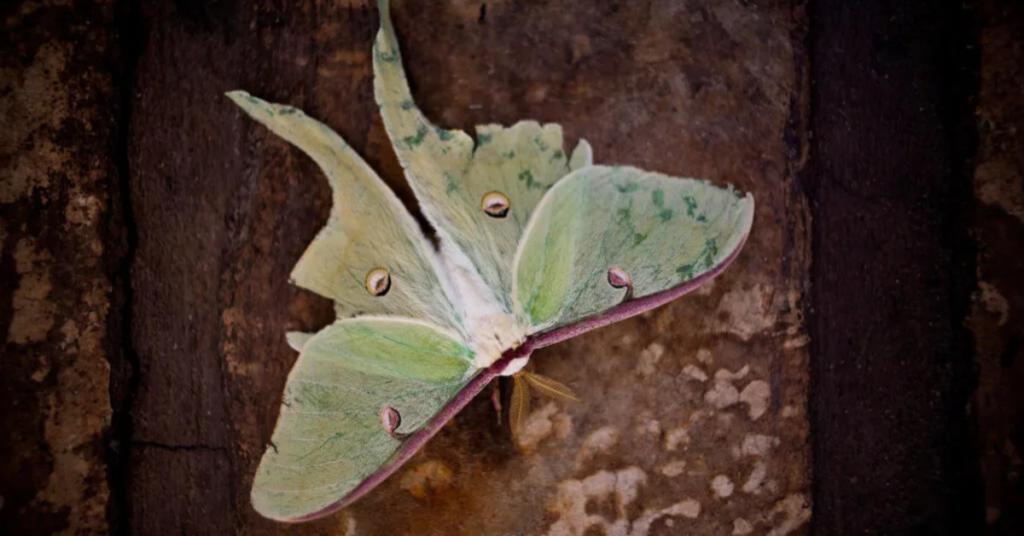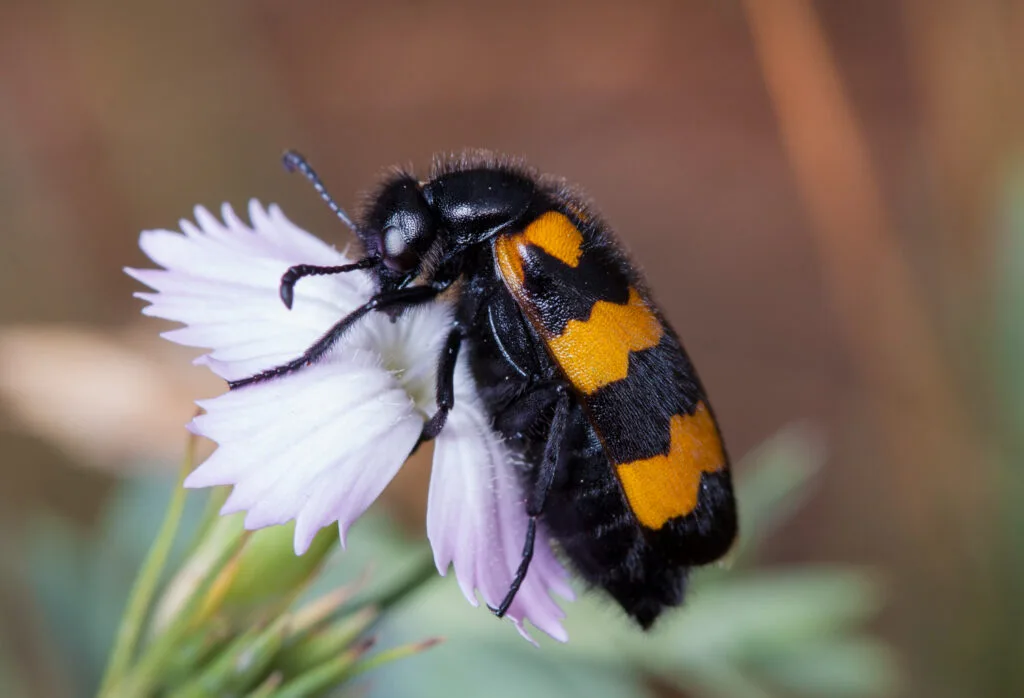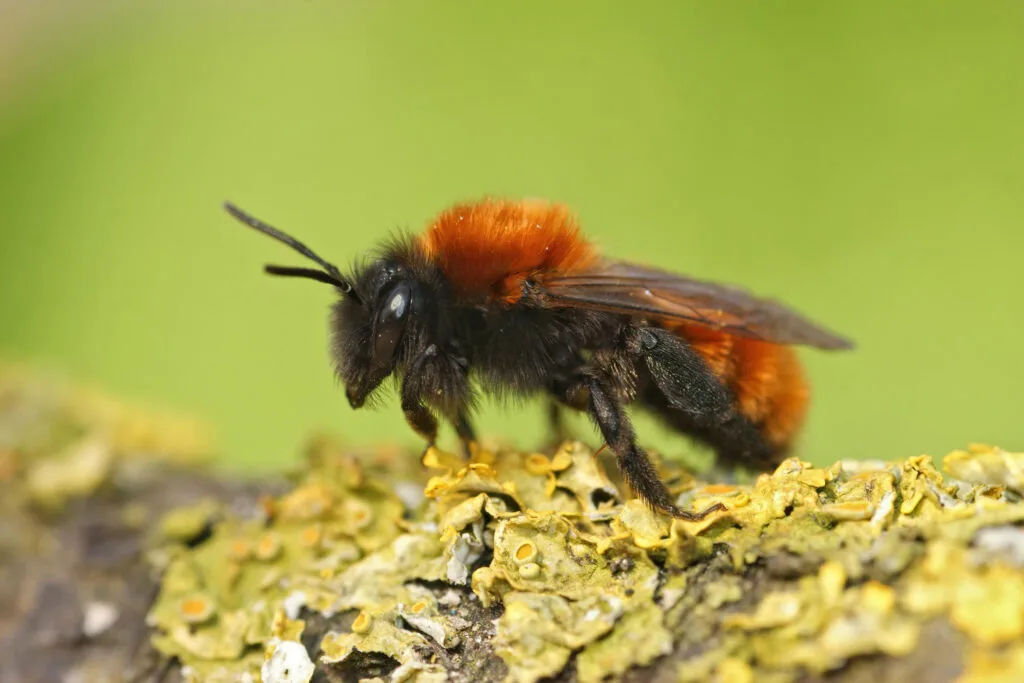The Blue Tang (Paracanthurus hepatus) has earned its place as one of the most treasured residents of marine aquariums and the star behind “Dory” in Finding Nemo. Native to coral reefs across the Indo-Pacific from East Africa to the Great Barrier Reef—these fish mesmerize with dazzling blue bodies, striking artist’s palette patterns, and bright yellow tails.
Adults can reach up to 12 inches long and thrive in roomy tanks (at least 75 to 180 gallons), where they swim actively and graze on algae, helping maintain reef health. To stay vibrant, they need stable water parameters, abundant marine algae, and regular feedings that mirror their wild feeding habits.
Mostly peaceful yet occasionally defensive, Blue Tangs can live together with other calm species if given enough space and structure. With care, these sociable swimmers can live up to 20 years in captivity pleasing fishkeepers with their beauty, behaviour, and environmental value.
Table of Contents
ToggleWhat is a Blue Tang Fish?
The Blue Tang Fish, also known as the Palette Surgeonfish or Regal Blue Tang, is a species of surgeonfish found in the Indo-Pacific. It is easily identifiable by its bright blue body, yellow tail, and unique black markings. Popularized by the animated film “Finding Nemo,” the Blue Tang Fish has gained widespread popularity among aquarium hobbyists. They are active swimmers, constantly moving around the tank, and require a well-maintained environment to thrive. Their distinctive color pattern helps them blend with coral reefs, providing some protection from predators.
Natural Habitat of the Blue Tang Fish
The Blue Tang Fish is native to coral reefs in the Indo-Pacific, including regions around the Great Barrier Reef, the Philippines, and Indonesia. It thrives in shallow reef environments where it can find shelter among the corals. In the wild, these fish live in schools, grazing on algae and contributing to the ecosystem’s balance. Coral reefs provide them with both food and protection from larger predators such as groupers and sharks. Their natural behavior includes darting in and out of coral crevices to avoid danger while feeding on algae that grow on reef surfaces.
How to Care for a Blue Tang Fish in an Aquarium
This parrot breed is ideal for first-time owners. Cockatiels are affectionate, known for their distinctive crests, and can learn to whistle tunes or say a few words. They are gentle, enjoy head scratches, and bond well with their owners.
Tank Requirements for Blue Tang Fish
To successfully keep a Blue Tang Fish in captivity, you must provide the right environment:
- Tank Size: A minimum of 100 gallons is required, as they grow up to 12 inches. Larger tanks provide ample swimming space, reducing stress and aggression.
- Water Conditions: Keep the temperature between 75-82°F, salinity at 1.020-1.025, and pH between 8.1-8.4 to mimic their natural habitat.
- Filtration & Flow: High-quality filtration and strong water flow are necessary to keep water parameters stable and maintain oxygen levels.
- Tank Mates: Blue Tangs are peaceful but can be territorial with other Tangs. Suitable tank mates include clownfish, wrasses, and gobies. Avoid keeping them with aggressive species that may stress them out.
What Do Blue Tang Fish Eat in Captivity?
The Blue Tang Fish primarily feeds on algae in the wild. In captivity, they require a balanced diet of:
- Marine-based seaweed and algae sheets – These should form the primary part of their diet to replicate their natural feeding habits.
- High-quality pellets and flakes – Designed for herbivorous marine fish, ensuring essential nutrients are met.
- Occasional protein-based treats – Such as mysis shrimp and brine shrimp, providing variety and additional protein.
- Vegetable supplements – Like zucchini and lettuce, to provide fiber and enhance digestion.
A diet rich in algae helps maintain their vibrant coloration and prevents nutritional deficiencies that can lead to health issues.

Blue Tang Fish Size and Lifespan
The Blue Tang Fish can grow up to 12 inches (30 cm) in length. They have a lifespan of 12 to 20 years when kept in optimal conditions. Providing a spacious tank, a well-balanced diet, and excellent water quality will help ensure they live a long and healthy life. Juveniles grow rapidly and require proper nutrition and space to develop correctly. Inadequate care can lead to stunted growth and a shortened lifespan.
Are Blue Tang Fish Aggressive?
The Blue Tang Fish is generally peaceful, but it can show aggression under certain conditions.
- Territorial Behavior: They may become aggressive towards other tangs or fish with a similar shape, especially in smaller tanks.
- Crowded Tanks: If the aquarium is too small, they may feel stressed and become more aggressive, leading to fin-nipping or chasing.
- Feeding Time Aggression: Competition for food can lead to minor disputes with tank mates. Ensuring multiple feeding spots can help reduce aggression.
To reduce aggression, provide a large tank, maintain a stable social environment, and ensure they have plenty of hiding spots. Keeping only one Blue Tang Fish per tank is generally recommended unless a large tank is available to accommodate multiple individuals.
Interesting Facts About the Blue Tang Fish
- Bright Colors Serve a Purpose: The vivid blue and yellow coloration helps deter predators and communicate with other fish.
- Sharp Spines for Defense: Like other surgeonfish, Blue Tang Fish have sharp spines near their tails used for self-defense against threats.
- Rapid Color Changes: When stressed or threatened, their bright blue color can fade to a pale hue, signaling distress.
- High Activity Levels: They are constantly swimming and need ample space to thrive, making them unsuitable for small tanks.
- Long Lifespan: With proper care, a Blue Tang Fish can live up to 20 years in captivity, making them a long-term commitment for aquarists.
Common Health Issues in Blue Tang Fish
This parrot breed is known for its striking sexual dimorphism—males are green, and females are red and blue. They are gentle, intelligent, and excellent mimics. Eclectus Parrots are calm and enjoy spending time observing their surroundings.
Ich and Other Parasites
The Blue Tang Fish is prone to Marine Ich, a common parasitic infection. Symptoms include:
- White spots on the body
- Scratching against rocks
- Loss of appetite and lethargy
Regular tank maintenance, quarantine procedures, and a healthy diet can help prevent infections. Copper-based medications may be required if an outbreak occurs.
Nutritional Deficiencies
A poor diet lacking in algae can lead to malnutrition. Ensure your Blue Tang Fish receives a variety of plant-based foods to maintain optimal health. Vitamin-enriched foods can help boost their immune system.
Breeding Blue Tang Fish in Captivity
If you’re an experienced saltwater aquarist with a large tank, the Blue Tang Fish can be a rewarding addition to your collection. However, due to their specialized care requirements, they are not recommended for beginners. Their long lifespan and need for a large, well-maintained tank make them a significant commitment.
Should You Keep a Blue Tang Fish?
If you’re an experienced saltwater aquarist with a large tank, the Blue Tang Fish can be a rewarding addition to your collection. However, due to their specialized care requirements, they are not recommended for beginners. Their long lifespan and need for a large, well-maintained tank make them a significant commitment.
Conclusion
The Blue Tang Fish is a stunning and fascinating marine species that requires proper care, a spacious tank, and a well-balanced diet. If you’re prepared for the commitment, this fish will bring color and excitement to your saltwater aquarium. By understanding its habitat, behavior, and needs, you can ensure a happy and healthy life for your Blue Tang Fish while enjoying their beauty and activity for years to come.







